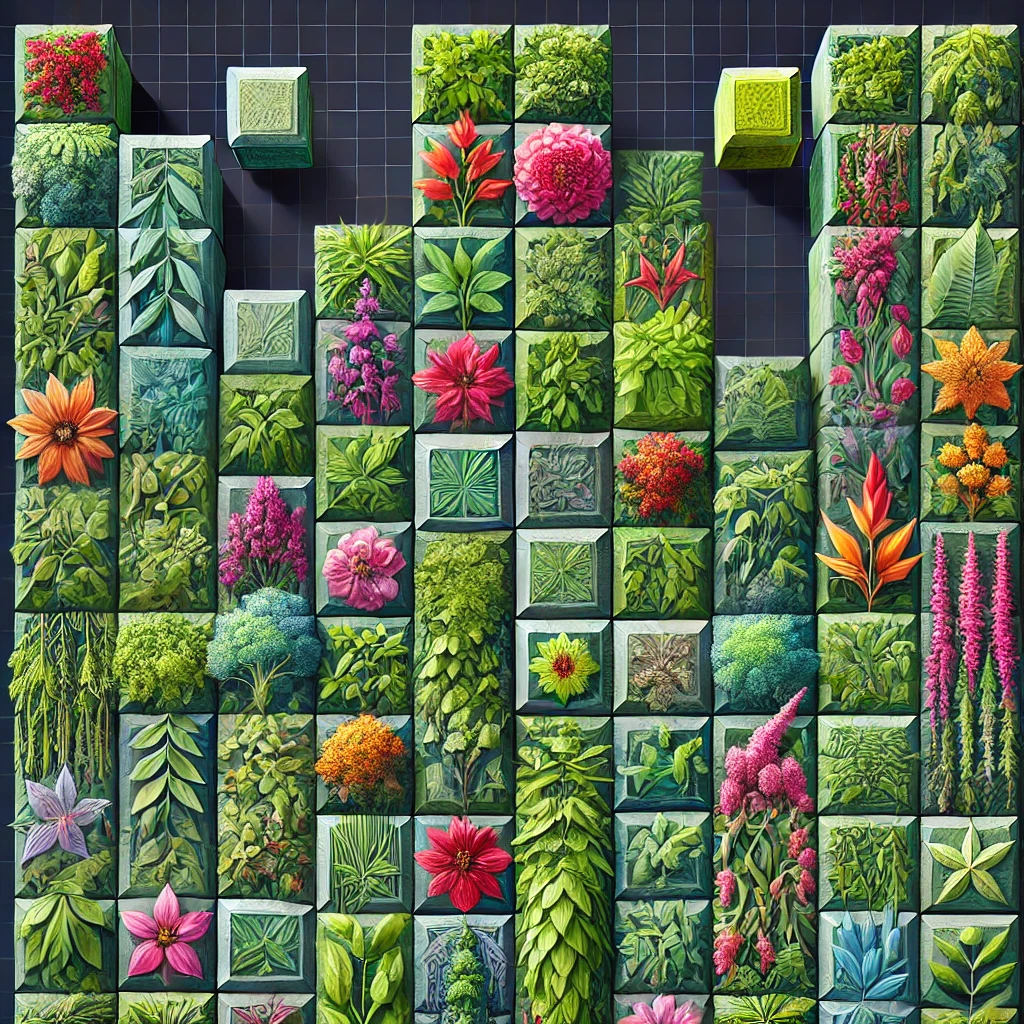
Natural landscaping: how to choose the right plants
Creating natural landscapes isn’t just about choosing native plants. It’s more like playing a 4D game of Tetris.
The more I practice and the more I study ecological landscaping, the more complex I realize it is. Which, of course, makes sense: nature is a complex thing full of interactions we barely understand.
So here are the things I take into account when designing a natural garden. I want to credit the thorough academic training of the University of Guelph, the in-depth teaching of visionary natural landscaper Larry Weaner, of New Directions in the American Landscape, designer Kelly D. Norris, who has taught so much about naturalistic garden design, and Benjamin Vogt, whose activism for native plants and on-the-ground experience have been critical.
The starting point
I start with place. Yes, that’s usually Haliburton County with its palette of native plants. But within the Highlands are many habitats. For example, I have designed landscaping for a woodland glade (it was shady and the cottage fitted in with the scene), for an “old field” – forested land that had been cleared and was regenerating – and a sunlit meadow.
All this is about generating a sense of place – recognizing and respecting the setting of the landscape. I want something that will fit in and feel appropriate instead of something that appears alien. Perhaps that’s the very definition of natural landscaping.
The key measurements
After that, there is the traditional data to collect.
- Is the site sunny or shady, or somewhere in-between?
- What type of soil does it have?
- Is it moist or dry, or somewhere in-between?
- And what plants are already growing there?
The last point is key because it points the way to what plants are suited to the location, making it easy to specify which species to put in the ground.
Talking to homeowners
Humans are part of the place too, and of course there’s nothing more important than the homeowners. So I talk to them and ask what they want. Maybe it’s simply to get the ground covered, or perhaps it’s to bring biodiversity to the cottage. One potential client I’m talking to wants an educational garden for the grandchildren. All this is taken into account.
Choosing the plants
Now comes the fun part. Fun, but not easy. It’s where the 4D game of Tetris begins. Here are the things I consider:
- Plants that are native to the area
- Plants that are suited to the conditions (sun, moisture, soil type)
- Plants that bloom at different times of the year
- Plants for each of the three layers: groundcover, vignette, structure
- Plants that live fast and die young as well as plants that take a while to get going but stick around. By making sure both types are included I ensure there is interest from the get-go and for the long term.
- Plants that have have differing root types and depths. For example, a plant with shallow fibrous roots sits well with a plant with a deep taproot because they’re not competing for resources.
- Plants with a similar level of competitiveness. For example, I would not want one plant that was very aggressive paired with plants that were more timid because the aggressive plant would take over. This also applies to existing vegetation that is being left.
- Depending on site, plants with a relatively low Coefficient of Conservatism. Plants with a low number are more easy-going – they can live in a variety of conditions. Plants with a high number are quite particular and might be challenged with the conditions if I make a mistake. Now, lots of specialist plants might be quite interesting, but it’s a more dangerous route to take, so it pays to be aware.
- And last but certainty not least, the desire of my clients, the homeowners.
Installing the natural landscape
When the plant list is drawn up, I run it by my client for their feedback. Then I order the plants ready for installation at a suitable time.
I confess, I did not know all this stuff when I planted the garden at Lucas House. I would do it differently now. Every educational course I complete and every natural landscape I install makes me better. And that’s important, not just for my clients but for biodiversity in Haliburton County.
The image at the top of this post was generated by AI.
